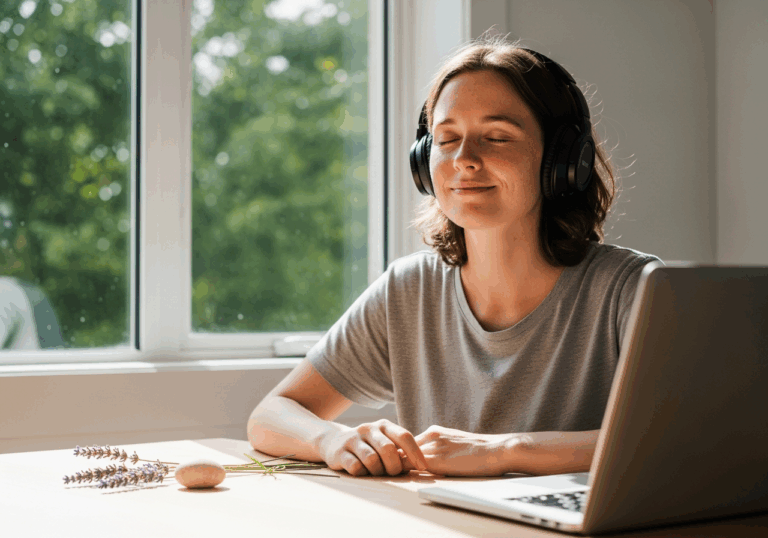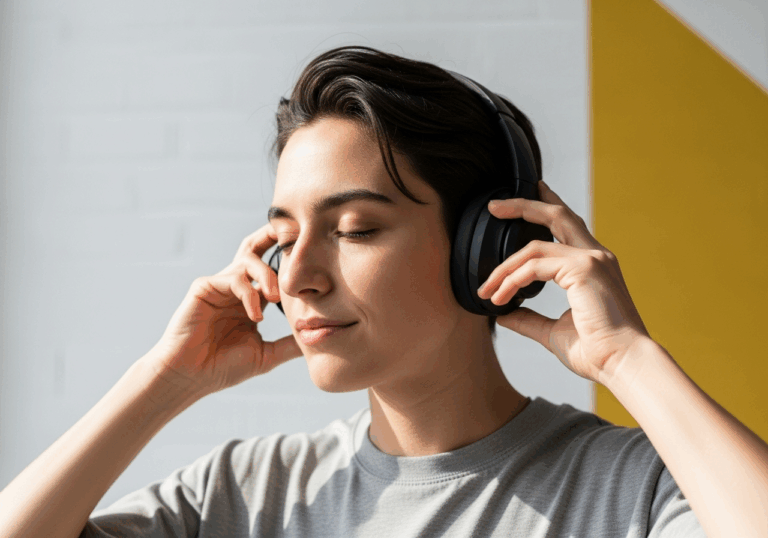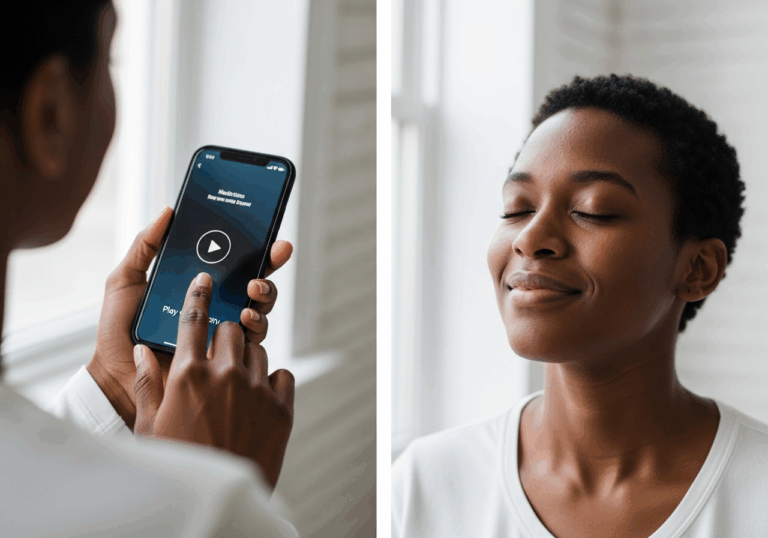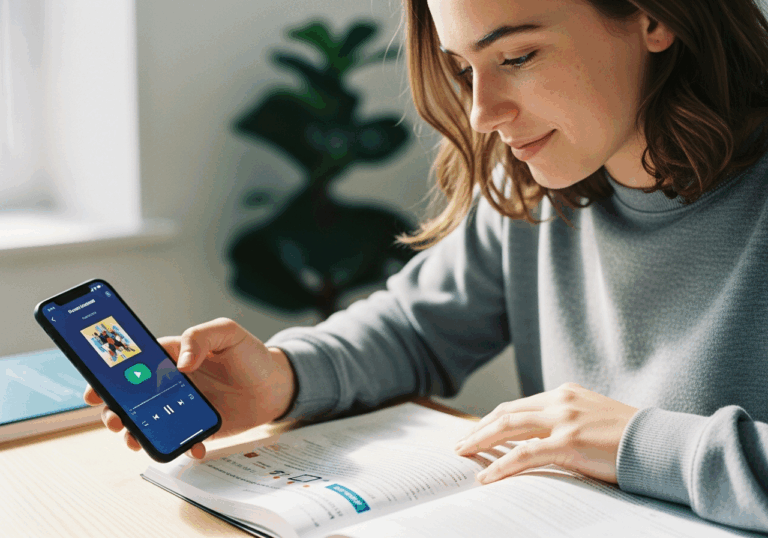Science-Backed Tips
Boost Your Focus with Guided Imagery
Listening to guided imagery increases attention performance by 30%.
📊 Did you know?
💡 Why It Matters
1️⃣
Enhances cognitive clarity, leading to better task performance in daily activities.
2️⃣
Reduces stress levels, contributing to improved mental health outcomes.
3️⃣
Promotes emotional wellbeing through elevated mood and reduced anxiety.
✅ Try These Micro-Tips
🎯
Listen to a guided imagery session for 20 minutes daily.
🎯
Practice deep breathing exercises for 5 minutes before the session.
🎯
Engage in a quiet environment to maximize focus during the session.
🎯
Repeat the guided imagery practice at least three times a week for best results.
📚 The study
Why does this matter? The findings suggest that guided imagery can serve as a powerful tool for enhancing sensory calm and cognitive clarity. By utilizing auditory-guided visualization, individuals can experience a boost in emotional well-being, leading to elevated moods and reduced anxiety. This study highlights the potential of guided imagery as a simple yet effective method for improving mental health outcomes and overall task performance. Imagine being able to tackle your daily activities with greater focus and a clearer mind, all through the power of visualization.
As we continue to seek effective strategies for managing stress and enhancing cognitive function, guided imagery emerges as a promising approach that anyone can incorporate into their routine. Whether you’re a student, a professional, or simply someone looking to improve your mental clarity, the benefits of guided imagery are within reach, offering a pathway to a more balanced and fulfilling life.
❓ Frequently Asked Questions ❓
Learn more
What is guided imagery?
Guided imagery is a relaxation technique that involves visualizing calming and positive images to promote mental well-being. It is often used to reduce stress and enhance cognitive performance.
How does guided imagery affect brain activity?
Listening to guided imagery sessions has been shown to increase alpha EEG power, which is associated with relaxation and calmness. This change in brain activity can lead to improved focus and attention.
What cognitive tasks are improved by guided imagery?
Guided imagery has been found to enhance performance on tasks such as the Stroop test and antisaccade tasks. These improvements indicate better attention and cognitive clarity.
How long should I practice guided imagery for optimal results?
For best results, it is recommended to listen to a guided imagery session for 20 minutes daily. Consistency is key, so practicing at least three times a week is beneficial.
Can guided imagery help with stress reduction?
Yes, guided imagery can significantly reduce stress levels, contributing to improved mental health outcomes. By promoting relaxation, it helps individuals manage anxiety more effectively.
What is the relationship between guided imagery and mood enhancement?
Guided imagery can elevate mood by fostering a sense of calm and reducing anxiety. This emotional well-being is crucial for overall mental health.
What environment is best for practicing guided imagery?
Engaging in a quiet environment can maximize focus during guided imagery sessions. Minimizing distractions enhances the effectiveness of the practice.
Are there any additional techniques to use with guided imagery?
Incorporating deep breathing exercises for five minutes before the session can enhance relaxation. This combination can lead to a more effective guided imagery experience.
How does guided imagery improve attention performance?
Guided imagery enhances cognitive clarity, which leads to better task performance in daily activities. This improvement is reflected in increased attention and focus during cognitive tasks.
Is guided imagery suitable for everyone?
Guided imagery is generally safe and can be beneficial for many individuals seeking stress relief and improved focus. However, those with specific mental health conditions should consult a professional before starting any new practice.





